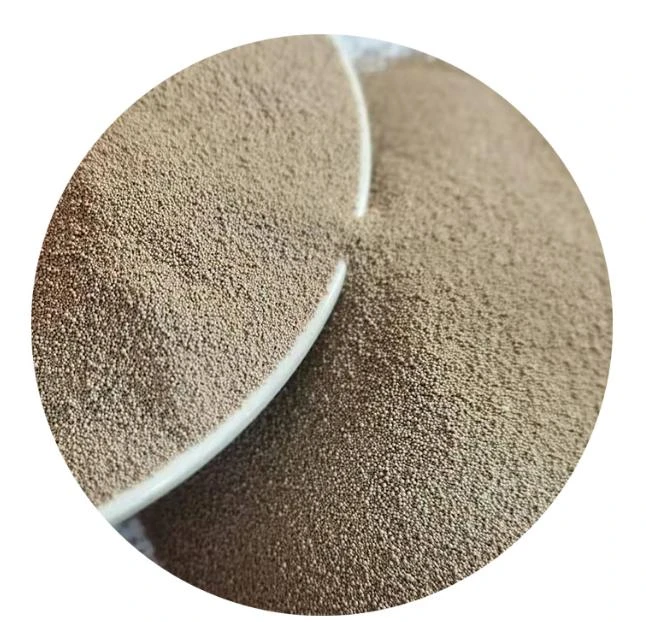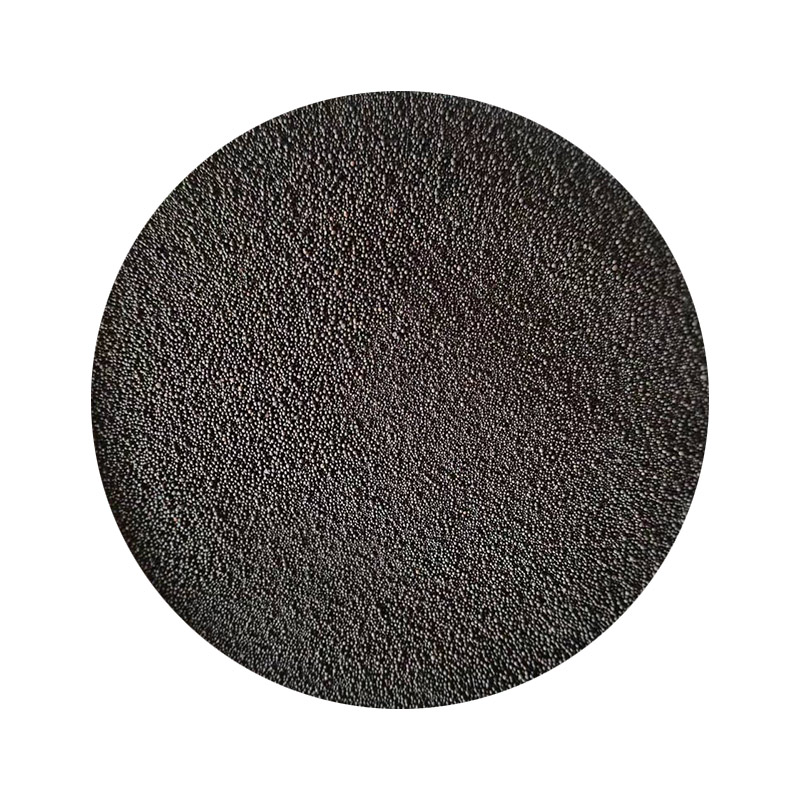

Another critical factor is the human element—the skill level of the foundry operators. Trustworthiness in operations plays a vital role in accuracy, as experienced workers can identify potential issues early in the process. Their vocational skills allow them to control the variables that impact final dimensions, such as the viscosity of the molten metal and the pouring temperature. Inadequate pour temperature, for instance, can lead to incomplete molds and dimensional inaccuracies. This human expertise provides a buffer against errors, reinforcing the process's reliability. It's worth noting that despite these accuracies, sand casting inherently presents a lower level of precision compared to other methods such as investment casting or die casting. This aspect places limits on the tolerances achievable, typically around ±0.5 mm to ±3 mm, depending on the size and complexity of the cast. Therefore, for components requiring exceptionally tight tolerances, alternative methods might be better suited. Nonetheless, advancements in technology continue to enhance the accuracy of sand casting. Techniques like 3D sand printing and computer-aided design (CAD) for pattern creation are pushing the boundaries of what's possible. These innovations increase the accuracy of molds and reduce the incidence of human errors, subsequently tightening tolerances and allowing for greater detail in final products. In conclusion, while sand casting may not always meet the strictest demands of precision, its adaptability, and cost-effectiveness make it a favored choice for many industries. By understanding the process's intricacies, from material science to operational expertise, manufacturers can achieve acceptable levels of accuracy for a multitude of applications. As technology evolves, the traditional boundaries of accuracy in sand casting are being reshaped, making this time-honored method more competitive in today's precision-driven world. Post time:febr . 15, 2025 02:53
Next:history of sand casting
